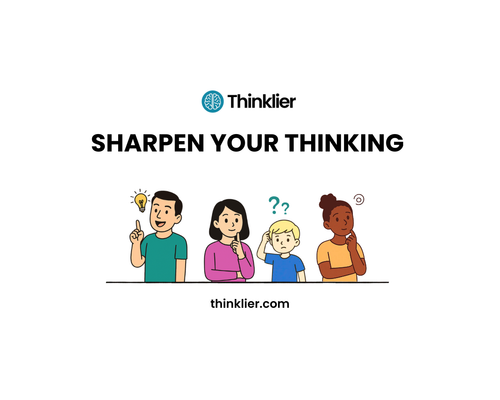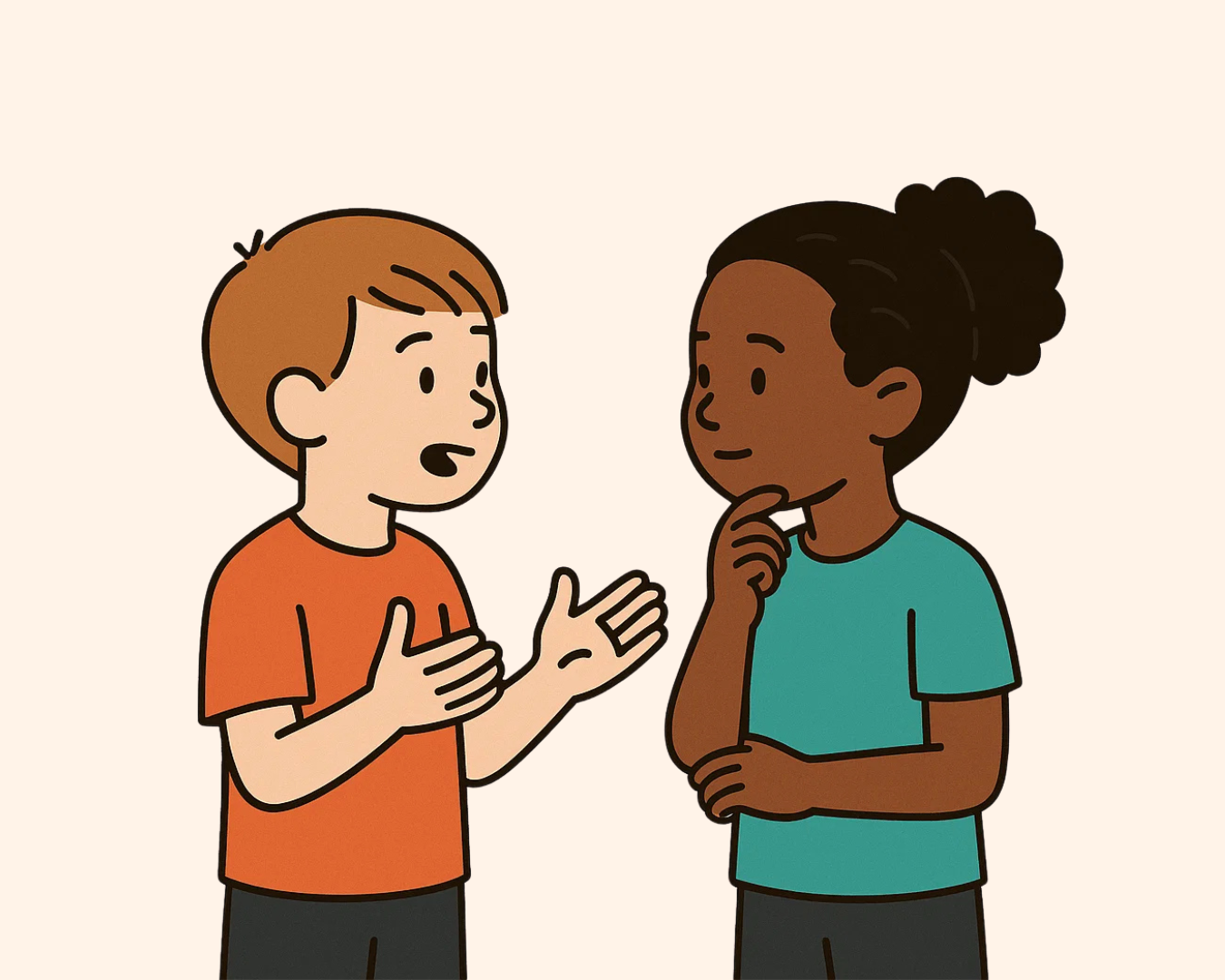Get one fresh, practical idea every 'Thinking Thursday' — plus free access to Thinklier’s toolkits on clear thinking and raising critical thinkers.
Subscribe
Disagreeing well is a core skill of democratic life—and it doesn’t come naturally. Help your child develop the confidence to speak up and the wisdom to do it without tearing others down.
